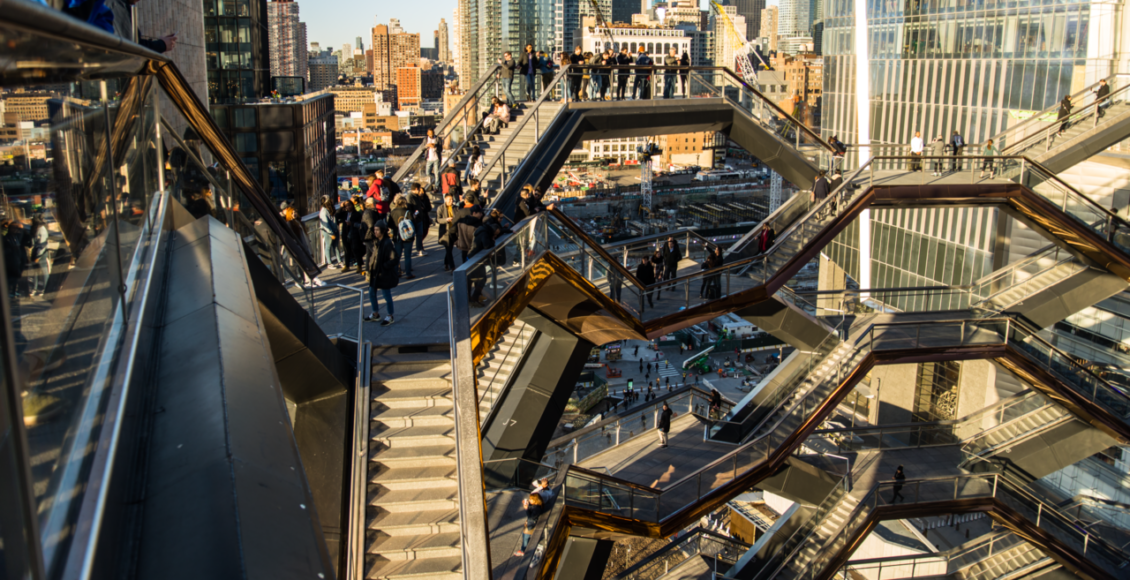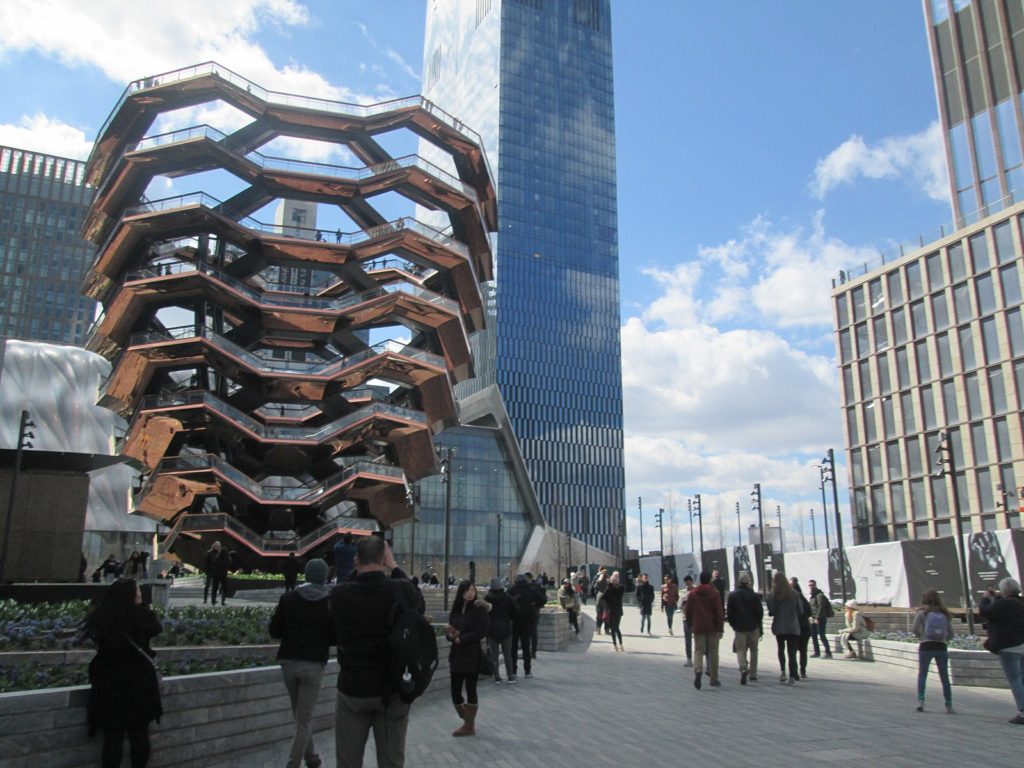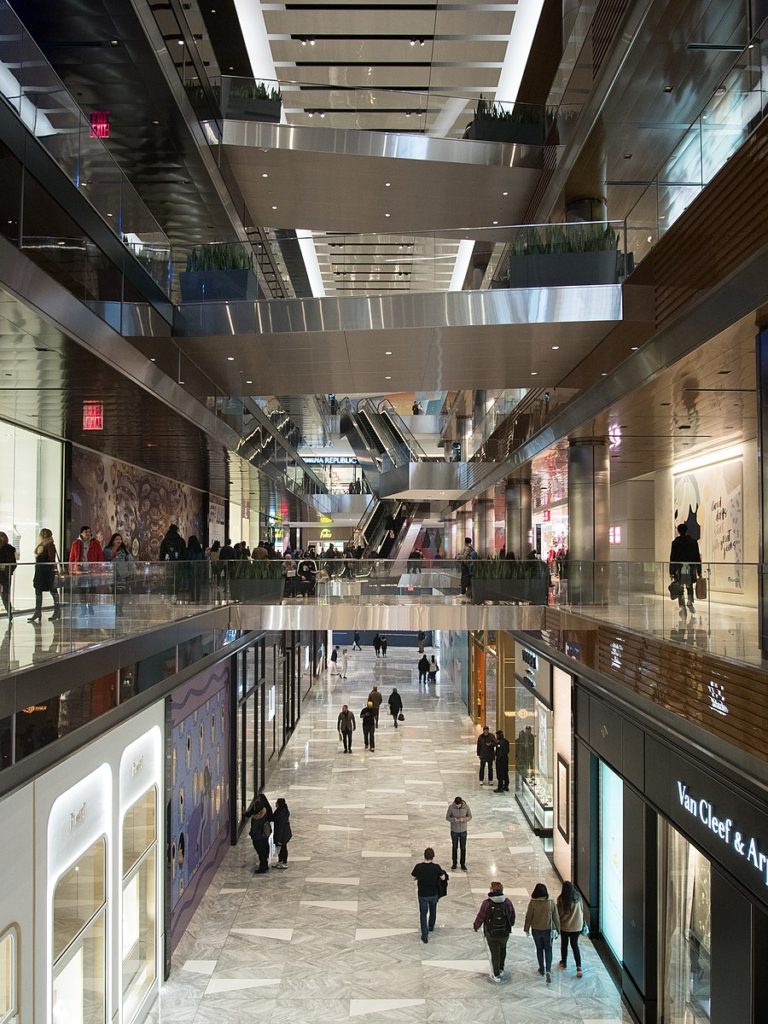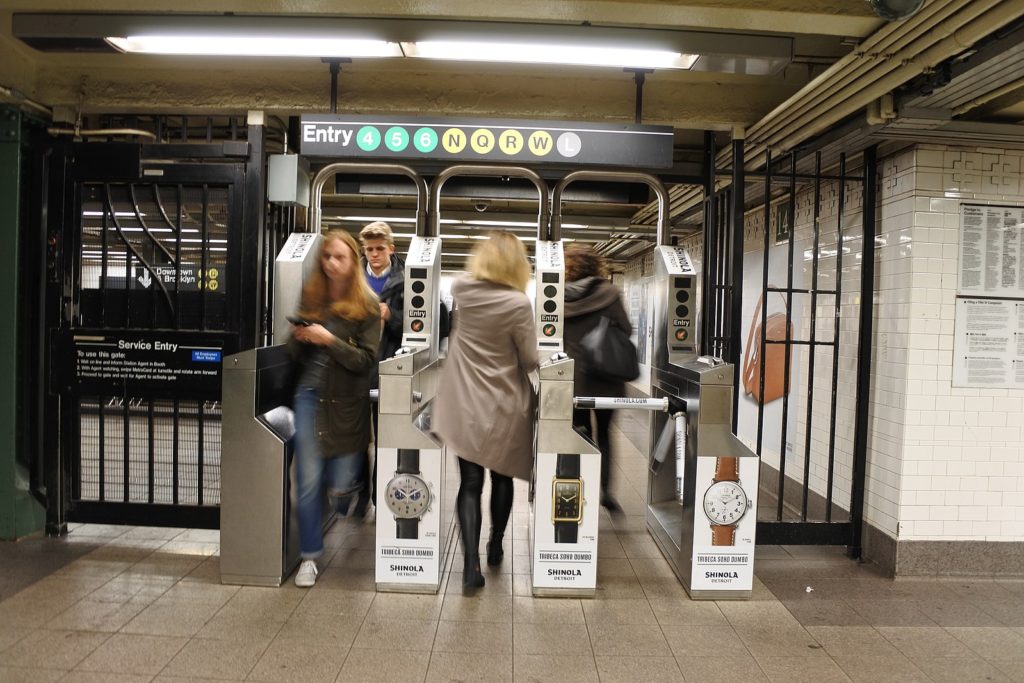Stealing the City

What do Manhattan’s millionaire elite and subway fare-jumpers have in common? Both are stealing from the city. What’s the difference? Only the latter are being held accountable.
New York City, specifically the borough of Manhattan, is ranked the number one most expensive city in the United States and it is 7th globally, with the average price of a Manhattan home hovering in the ballpark of $1.36 million USD. New York is credited with the world’s largest urban economy, yet 1.5 million residents, more than 10% of the total population, find themselves living below the poverty line. In the past year, two important events have brought to light the growing magnitude of inequality in the city.
On March 15, 2019, the new Hudson Yards redevelopment project on Manhattan’s west side opened to the public. With an estimated total price of $25 billion USD, Hudson Yards is indisputably the most expensive private real estate venture in US history. Since its opening ceremony, it has attracted a litany of criticisms that only intensified following a scandal revealing the developers’ use of gerrymandering to expropriate government redevelopment funds.
On November 1, 2019, angry New Yorkers staged a manifestation in several Brooklyn subway stations to protest the recent crackdown on fare evasion. In recent weeks, the Manhattan Transit Authority (MTA) has come under fire for authorizing an increased police presence in stations across the city to monitor fare-jumpers. Increased austerity over ensuring that every rider pays the $2.75 fare has been accused of causing issues of excessive police brutality that disproportionately targets people of colour.
In the wake of these two scandals, it is time to reckon with the current reality of New York City. If the real estate developers of Hudson Yards were allowed to steal millions from an urban redevelopment from without repercussions, why are fare jumpers facing violent retaliation for skipping a $2.75 fare? To fully answer this question, the situation must be contextualized within a broader exploration into the recent privatization of the city.
The Billionaire’s Playground
Hudson Yards, located above the Long Island railroad tracks, appears to be a shining example of the future of urban development, but in reality, it might not be so glamorous. Once the project is fully completed in 2024, the 28 acre development will be home to roughly 4,000 residential units, over one million square feet of retail space, a 60,000 square-foot Equinox fitness club, and a population largely comprised of residents who are able to pay the $5000 USD minimum monthly rent. Additionally, the neighbourhood features 14 acres of public space, a public art installation designed by renowned architect Thomas Heatherwick, and a commitment to build 400 affordably priced units. Despite a promise to allot a percentage of units to be zoned as affordable, the lifestyle that the developers, Oxford Property Group and Related, are trying to cultivate is completely incongruent with an affordable cost of living.

Financing of the multi-billion dollar Hudson Yards development could be seen as speculative based on the solicitation of a luxury clientele, however, that is not entirely true. In fact, the developers responsible for Hudson Yards received roughly $1.2 billion USD from a government fund dedicated to stimulating investment in areas with high levels of unemployment. The EB-5 visa program allows immigrants to receive US visas and subsidies in exchange for a $500,000 minimum investment in real estate development located in a Targeted Employment Area (TEA). Lower Manhattan would never qualify for the EB-5 visa under normal circumstances because average income exceeds the program threshold, which led Oxford Property Group and Related Companies to get creative.
https://twitter.com/JumaaneWilliams/status/1118195546785820673?s=20
The gerrymandered district drawn to qualify Hudson Yards for the EB-5 Visa program.
To qualify for subsidies under the EB-5 visa program, Hudson Yards capitalized on leniencies in New York state law that let the developers, in collaboration with the Empire State Development, draw the lines of their district. Effectively, Hudson Yards gerrymandered their district following census tracts around the city to drive down the average employment rate of the district. The distorted drawing encompasses not just the area Hudson Yards was built on, but also the entirety of Central Park, the affordable housing developments, and all the way into Harlem.
While Hudson Yards operated within the bounds of New York legal code, they undoubtedly stole billions from a program aimed at redeveloping disadvantaged areas in order to create a playground for the rich. The bottom line of this is not that Hudson Yards broke the law, rather, it is that the laws currently in place are designed to be circumvented by powerful actors. Instead of protecting these funds to actually redevelop infrastructure in areas in desperate need of development, the New York government gave them to Hudson Yards so they could create infrastructure that met the needs of their residents, like a one million square foot mall.

(Un)Fare Policing?
In June 2019, New Yorker governor Andrew Cuomo and New York City mayor Bill de Blasio announced an effort to discourage fare evasion. While the subway system had not seen a spike in crime, De Blasio claimed that “the additional officers we’re deploying to the subway system will protect riders, prevent fare evasion and respond in emergencies.” Evidently, fare evasion was the paramount concern for the two New York representatives because it’s the reason for most of police intervention. In recent months, 200 New York Police Department officers and 300 Manhattan Transit Authority police have been dispatched to stations across the New York subway system to discourage fare-jumpers.
As a result of the crackdown on fare evasion, those who fail to pay the $2.75 fare now risk becoming targets for excessive police violence. In one incident, a group of police officers were filmed in the midst of a physical altercation with a group of teenage boys who refused to pay the subway fare. In another incident that occurred the week before the November protests, a group of armed police officers stormed a subway car to apprehend an individual who had jumped the turnstile. Policing of subway riders has not been limited to just the physical presence of officers in stations, for District Attorney Cy Vance also committed $40 million USD towards deterrence measures like security cameras. The numerous examples of excessive violence against fare evaders, coupled with massive investments in preventative measures, signals that the crack down over fare evasion is emblematic of a greater issue of inequality in New York City.
Critics of Gov. Cuomo and mayor De Blasio’s actions have accused their rhetoric as purposefully blaming the problems that plague the subway system on the users; namely, those who can barely afford it. Low-income communities of colour are predominantly the locations where the most arrests for fare-evasion occur. Moreover, the lofty one-hundred USD fine for being caught evading fares has the potential to further destabilize the financial status of those who jumped a turnstile out of necessity. Using police force in this case opens low-income individuals to a litany of damaging situations that may have severe effects on an individuals’ “housing situation, job, or immigration status,” according to New York Assemblyman Dan Quart. Enforcing this crackdown on fare evasion, ironically, disproportionately targets the disadvantaged communities that the EB-5 visa program was created to help.

Where is the end of the line?
The Manhattan Transit Authority predicts that 2019 will end with a net loss of $300 million USD in revenue, but this is just a small fraction of the billions of dollars expropriated by Hudson Yards developers. It is time for New York City to reckon with what it is quickly becoming. Hudson Yards may appear to be a shining emerald city that signals a new direction for Manhattan, but when you peer behind the curtain, all of the corruption that paved the way for its construction is unavoidable. Not only have officials opened the floodgate for future circumnavigation of their already loose legal codes, but they also launched a campaign to systematically oppress the individuals who would benefit from programs like EB-5.
The situations in Hudson Yards and in subway stations across Manhattan encapsulate the diametrically opposed interests of the New York government. Acts of deterrence completely fail to address the criminality of Manhattan’s elite and paint an unfair portrayal of lower-income citizens of New York City. The time has come to switch lines, for if the city continues along its current track, the end of the line will be a reality in which Manhattan’s millionaires act with impunity at the expense of their neglected citizens and communities.
Featured Image: “Vessel Top” by Raphe Evanoff licensed under CC BY 2.0.
Edited by Helena Martin
